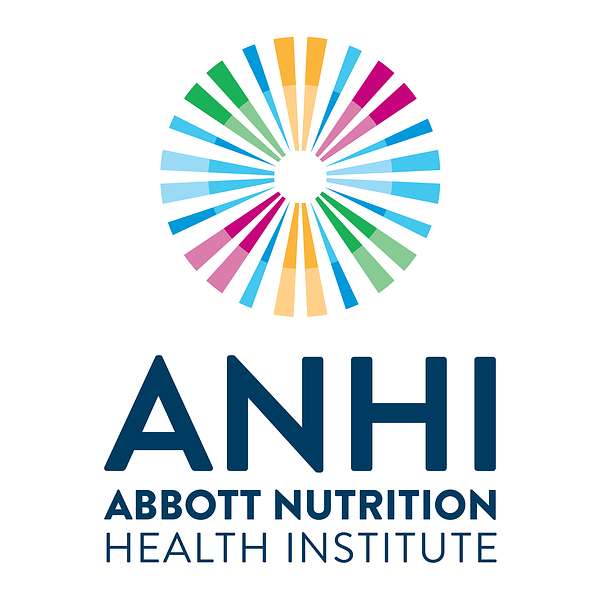
The Power of Nutrition Podcast
At Abbott Nutrition Health Institute (ANHI), we’re committed to improving lives through the power of nutrition, and we created this podcast series with that mission in mind. Join us as we speak with nutrition science experts around the world on the role nutrition can play in COVID-19, cancer, malnutrition, breastfeeding, dehydration, aging, exercise and more.
The Power of Nutrition Podcast
Global Leadership Initiative on Malnutrition (GLIM): A Scoping Review
•
Abbott Nutrition Health Institute
In this podcast, Drs. Isabel Correia and Leah Gramlich discuss the utilization and validation of the Global Initiative on Malnutrition, otherwise known as GLIM. An article on the same topic was published in February 2022 in Clinical Nutrition.
See the full transcript on anhi.org.
CLICK TO SEE THIS PODCAST EPISODE'S TRANSCRIPT ON ANHI.ORG